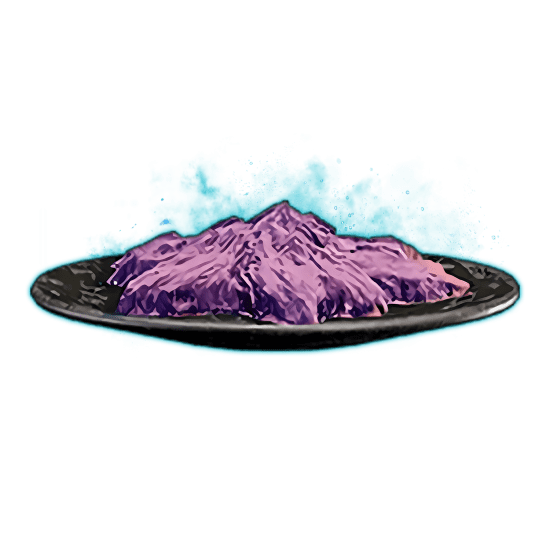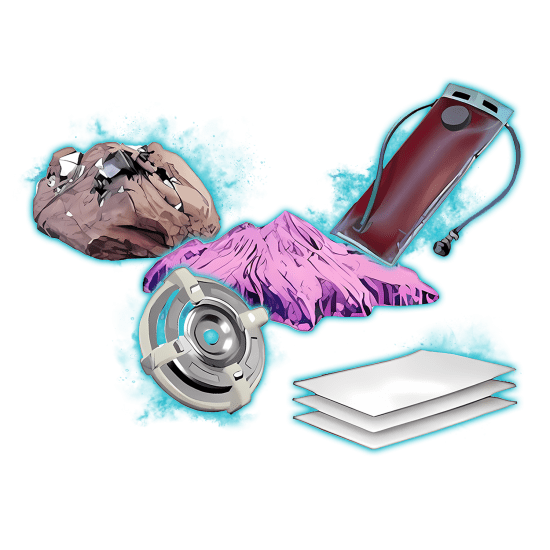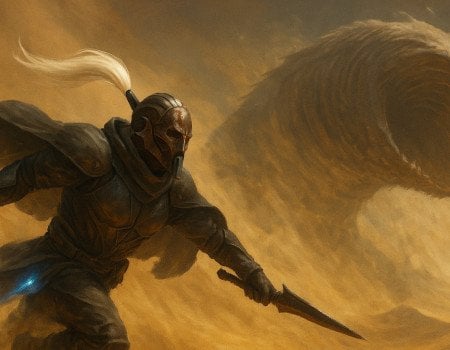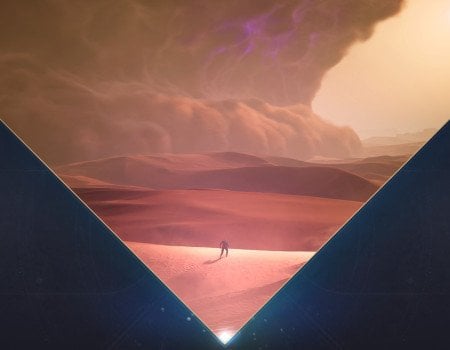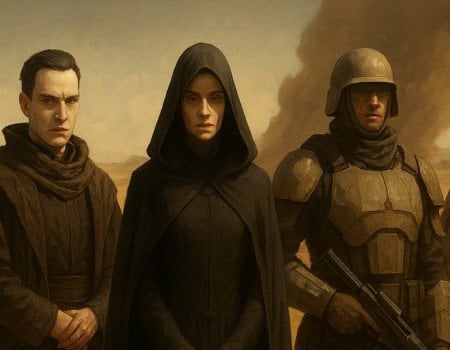Welcome to the Dune Awakening endgame guide, chosen ones. On the surface, this game looks like your typical PvE survival game with base building and other survival mechanics. But once you finally get to the point where you’re able to travel to more dangerous areas of Arrakis, the game’s goals change completely. In the endgame, PvE and personal survival take the backseat, while clans, influence, and political play take center stage. Whether you’re still leveling up as a solo player or you already have a group you play with, in this guide, we’ll explain everything you need to know about how the endgame content works and what you can expect from it.
By the way, if you want to get to the max level faster, buy Dune Awakening leveling boost at Skycoach. In this game, reaching the max level of 200 is very difficult, especially for solo players or for someone who can’t spend too much time playing. That’s why you should hire professional (PRO as we call them) gamer at Skycoach by placing an order for a leveling boost so that your character can be leveled up without you spending time on actually earning XP. It’s a safe and affordable service, which is quite popular and available in most of the popular online games.
Check out other Dune Awakening guides:
Note: At Skycoach, you can Buy Dune Awakening Boost at the best prices with fast delivery. Use our special PROMO CODE (in green) hidden in this article for a 20% DISCOUNT.
The Endgame in Dune: Awakening – Overview
The moment you unlock access to the deeper parts of Arrakis, the game starts shifting away from survival mechanics and solo progression. In the endgame, you’re no longer just trying to stay alive—you’re trying to influence the world. That shift introduces a whole new set of Dune Awakening endgame systems, including faction wars, server-wide politics, and a highly competitive economy. It’s no longer about how well-equipped you are—it’s about how well your clan moves, how well your faction performs, and how much influence you can gain on the weekly board.
At the core of the endgame is a three-way dynamic:
- Faction-based competition through the Landsraad
- Guild-level coordination for tasks, logistics, and voting power
- A global player economy where information, gear, and even blueprints are bought and sold
These systems don’t operate in isolation. They’re tied together by a shared weekly loop where political wins, PvP conflicts, and rare economic items all cycle on a 7-day timer. When one week ends, the slate is wiped clean—and the next power struggle begins.
One of the most important decisions you make in the endgame is picking a faction. You’re either with the Atreides or the Harkonnen, and everything from your weekly objectives to your potential rewards depends on that choice. Guilds are required to align with one of the two factions, and every task you complete in the endgame adds to that faction’s influence. In return, your faction’s standing affects what global bonuses, rule changes, and unlockable content becomes available on your server for the next seven-day cycle.
Faction victories don’t just affect the top players. They impact everyone in the world. If the Harkonnen win the Landsraad, for example, PvP rules might shift in their favor, or powerful vendors might only open to Harkonnen-aligned players. If the Atreides dominate, crafting might become cheaper, or new schematics could become temporarily available. These aren’t small changes—they redefine the meta for the entire world until the next reset.
That’s what makes the endgame in Dune: Awakening different from most other survival MMOs. It’s not just about building the best gear or farming the rarest resource. It’s about how your group choices shape the sandbox for hundreds of other players—and how well you adapt when the rules change again next week.
The Weekly Cycle: Reset, Rotation, and Strategy
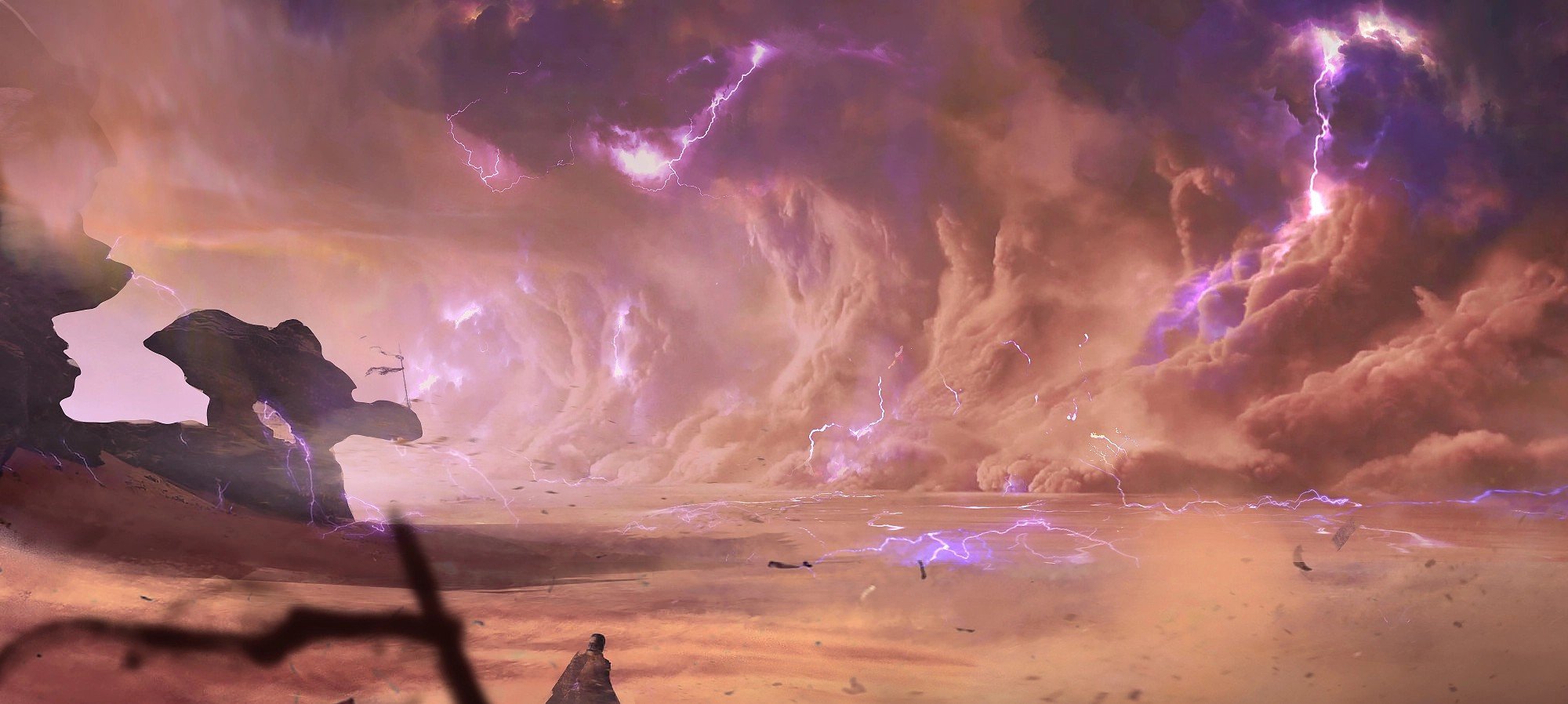
What is the Dune Awakening weekly reset? Every major gameplay system and mechanic that forms the endgame — from faction politics to PvP conflict to the in-game economy—is governed by a weekly reset cycle. The game doesn’t spell it out for you, but once you’re playing at a high level, this cycle becomes impossible to ignore.
At the center of it is the Coriolis Storm, a massive environmental reset that hits Arrakis once every week. When the storm rolls in, it erases the entire Deep Desert, wiping out player-built structures, control points, and spice nodes. After that, the map is restructured with a brand-new layout. Even if you had a perfect base position or resource route last week, you’ll need to find it all over again the next time the storm passes. That’s part of the challenge—and the appeal.
But the storm isn’t just about terrain. It also marks the end of the current political phase. The Landsraad board is cleared, and a fresh set of objectives from the Great Houses becomes available. Guilds and factions then race to complete these tasks to gain power and influence in the coming week. At the end of that phase, the Decree vote determines what gameplay-changing effects will shape the next cycle: things like global PvP rule changes, access to elite vendors, or crafting bonuses.
Here's a quick summary of what resets or changes every week:
- The Deep Desert is completely wiped and randomly regenerated
- Player-built outposts in the Deep Desert are destroyed
- Landsraad objectives from Great Houses are replaced with new ones
- Decree votes are cast by top guilds in the winning faction
- The global meta for that week shifts based on the chosen Decree
All of these changes will be covered in more detail in later sections. For now, the key takeaway is this: the endgame runs on a predictable weekly loop. If you and your guild can learn to prepare, adapt, and act in sync with that rhythm, you’ll have a major advantage over those who treat each week like a one-off event.
Next, we’ll dive into the system where all that competitive energy is focused—the Landsraad. This is where political power is earned, lost, and wielded, and it’s where the endgame truly begins.
The Landsraad: Faction-Based Endgame System
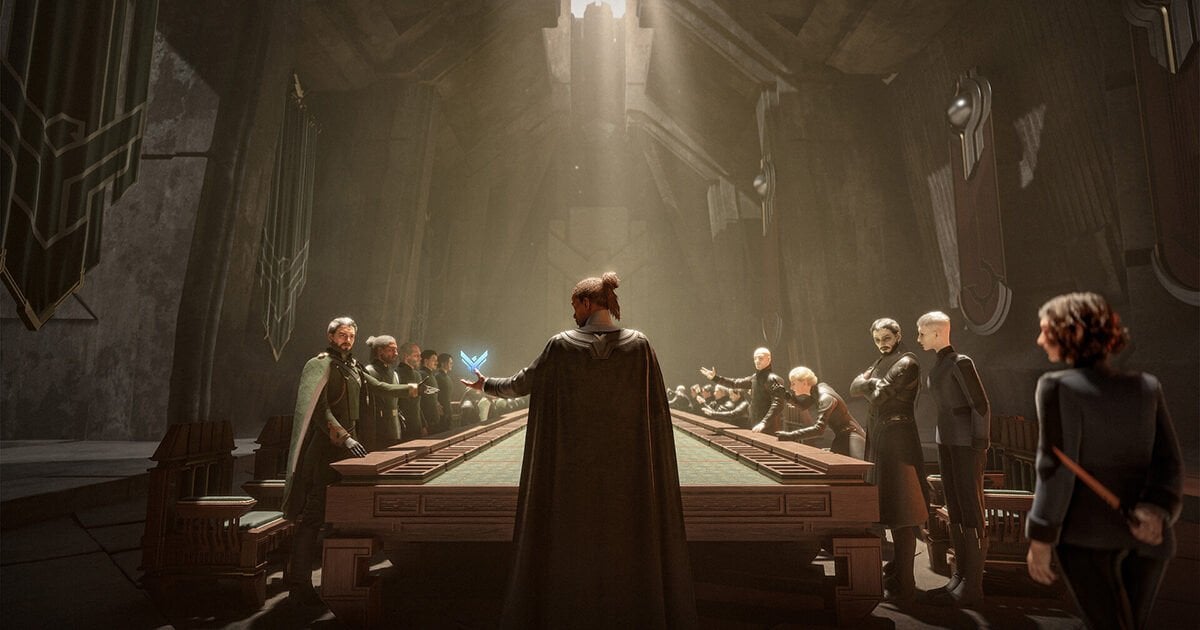
Once a player is aligned with a major faction (Atreides or Harkonnen) and joins a guild of the same allegiance, they unlock access to the Landsraad—a world-wide, competitive meta-game where power is measured in completed objectives and control over the 25 minor Great Houses. If you're looking for a full breakdown of how this system works, consider this your Dune Awakening Landsraad explained—from task mechanics to faction influence and guild-based power plays. This weekly event starts with a clean board: every Great House hides a task behind its tile, and the first step is to scout the NPC representatives scattered across the world to reveal their demands.
These tasks are randomized every week and reflect a wide variety of playstyles, including PvP, crafting, exploration, and resource collection. Some Houses prefer vehicle deliveries, others want raw materials, and some even grant bonuses if your character's background matches their values. Once tasks are revealed, your entire faction can work toward completing them, and if your guild was first to reveal a task, you'll enjoy a significant time advantage over others. This is how to earn voting power in Dune Awakening, but there’s more to it than meets the eye.
There are two win conditions during a Landsraad cycle:
- Complete the most total tasks before the week ends (majority control).
- Achieve a Siselrad, which is completing a full line of five tasks (horizontal, vertical, or diagonal) before the deadline.
Task types you’ll encounter:
- Crafting Deliverables: Steel Dust, Regis Rapiers, Stillsuits, etc.
- PvP Objectives: Capture and hold control points in the Deep Desert.
- Exploration Tasks: Locate crash sites, buried caches, or field relics.
- Vehicle and Equipment Deliveries: Ornithopters, Sandbikes, and more.
Winning the Landsraad either through raw volume or a Siselrad grants your faction the right to vote on the next week’s Decree—but as we’ll explore next, that power is distributed based on guild influence, not just overall faction victory.
Guild Contributions and Voting Power
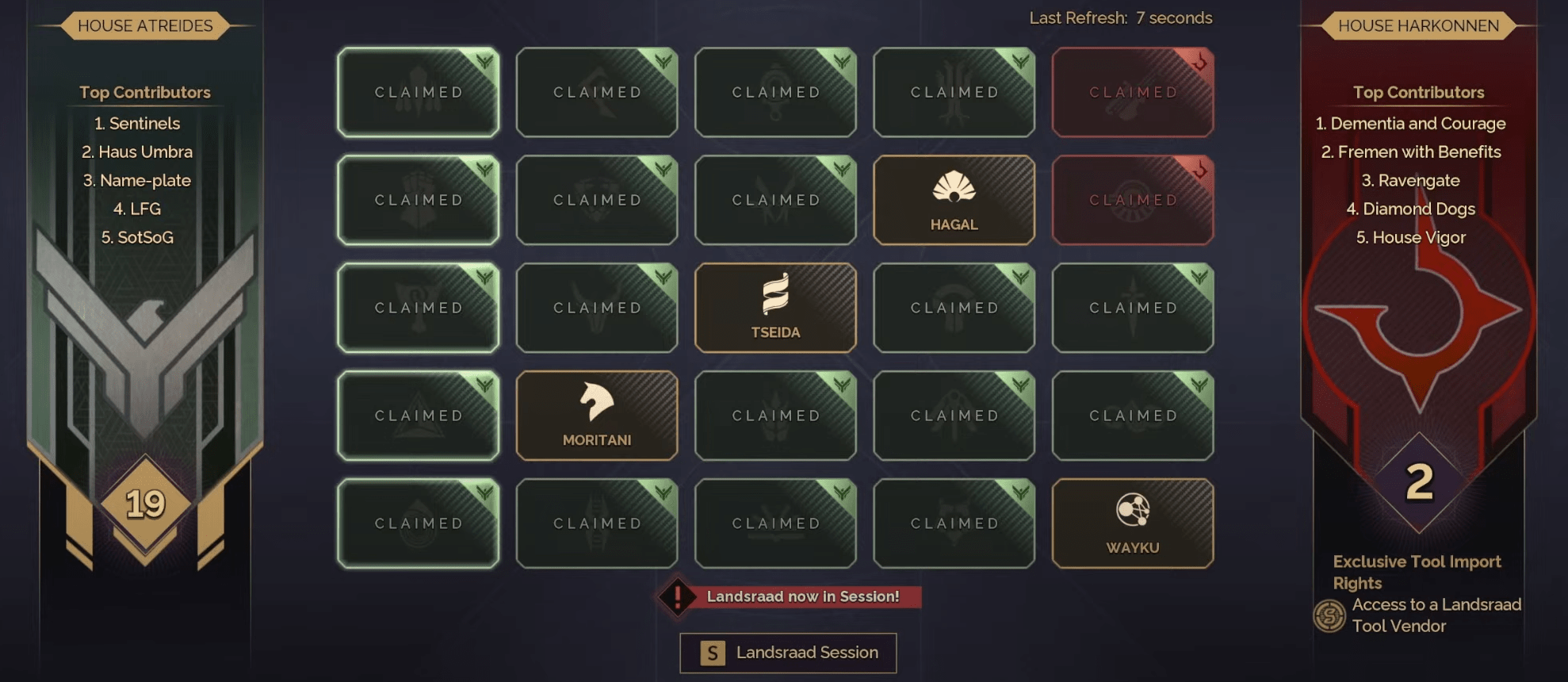
Every guild in Dune: Awakening contributes to their faction's Landsraad score, but not all guilds contribute equally—and that matters more than you might expect. The reason? When the winning faction claims victory for the week, it doesn’t automatically decide the Decree. That power is passed down to its top contributing guilds, based on how much their members participated in task completion.
Guilds earn voting power through both quantity and speed. The earlier your members reveal and begin completing Great House tasks, the more progress you’ll make—and the more heavily your guild’s vote will weigh during Decree selection.
At the end of the week, the top five guilds from each faction are ranked publicly, and only these guilds have a say in what global effect will be triggered in the following cycle. What determines a huild’s influence?
- Total task completions across all 25 Great Houses
- Speed of task reveal (the earlier a task is unlocked, the longer it can be worked on)
- Diversity of objectives completed (PvP, crafting, exploration, etc.)
The competition isn’t just faction vs. faction. There’s a constant tug-of-war within factions, as guilds race not only to help their alignment win but to climb the internal ladder and secure control over the next Decree. That leads directly into the most game-altering part of the Landsraad cycle: the Decrees themselves.
Decrees: World-Altering Rewards
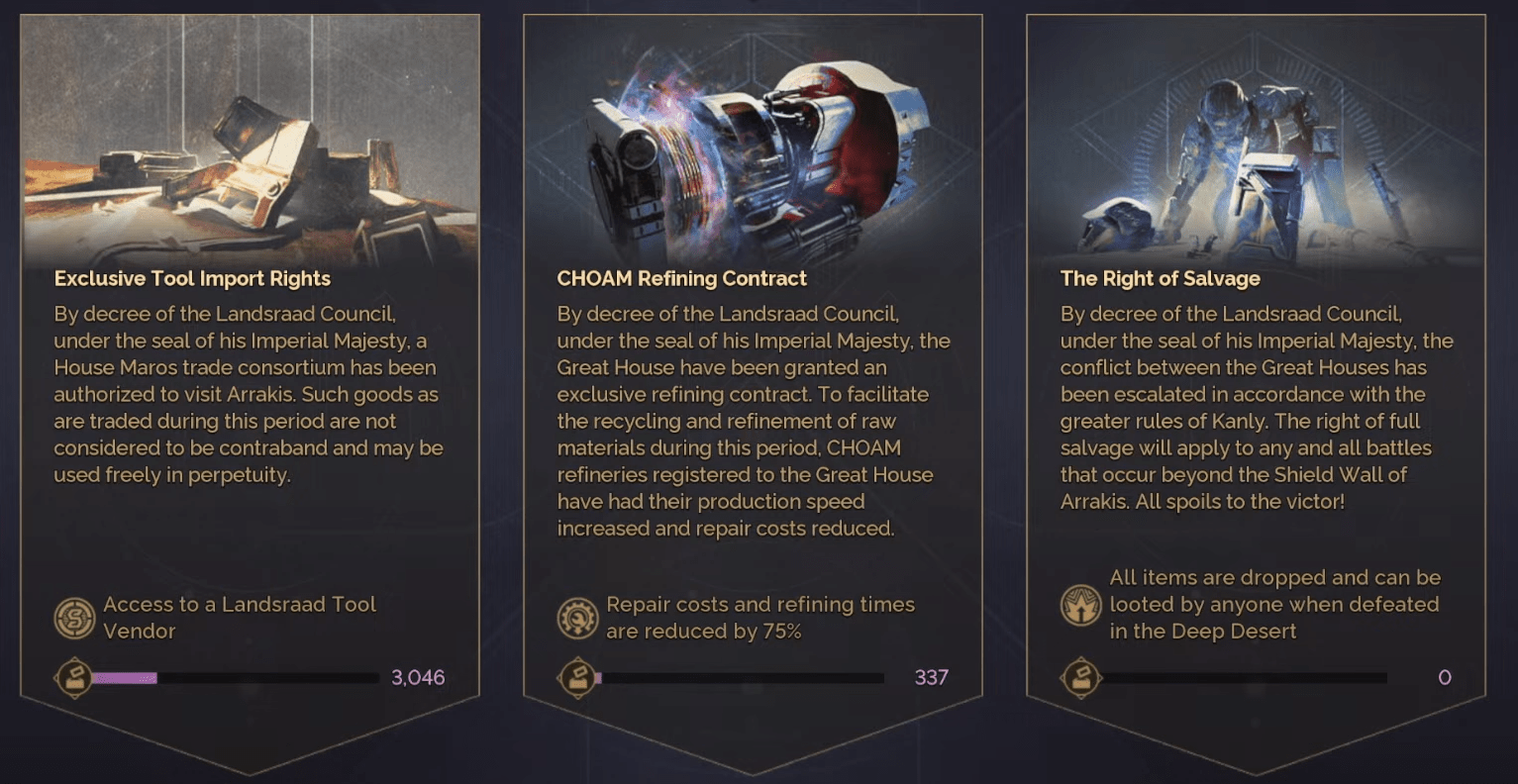
At the end of each Landsraad session, the winning faction selects one Decree that will remain active for the entirety of the following week. These aren’t minor buffs—they’re massive mechanical changes that can reshape the way the game is played across every server within the world.
Only the guilds with the highest voting power—earned through task completion—get to weigh in. Their votes are cast from a pool of three randomly selected Decrees each week, meaning even the most powerful faction can't fully control what options appear, only which of them becomes active.
These Decrees can cater to crafters, traders, explorers, or full-on PvP guilds, and often spark alliances or rivalries within a faction. Current known Decrees include:
| Decree Name | Effect |
| Exclusive Tool/Armor/Weapon Import Rights | Unlocks special vendors |
| CHOAM Refining Contract | -75% repair costs and refining time |
| CHOAM Production Contract | -25% crafting costs |
| The Right of Salvage | Deep Desert becomes full-loot PvP |
| In Honor of the Fallen (Ranged) | +33% ranged damage |
| In Honor of the Fallen (Melee) | +33% melee damage |
| Scholarly Collaboration | +50% XP gain for all players |
One of the most dramatic rule shifts comes with the “Right of Salvage” decree, which activates Dune Awakening full loot PvP in the Deep Desert for an entire week, turning every death into a high-stakes loss of gear.
This system creates an incredibly dynamic endgame. A single guild can steer the meta by choosing a Decree that buffs their strengths or cripples their rivals. It also fuels next week’s strategy, with guilds adjusting their plans based on what’s now incentivized. Whether you’re chasing full-loot chaos or a peaceful production week, your guild’s influence can help shape what comes next.
And if you're aiming to fuel that kind of influence, you’ll need to send your best players into the Deep Desert—because the next section is where the PvPvE action truly ramps up.
Deep Desert: High-Risk, High-Reward PvPvE
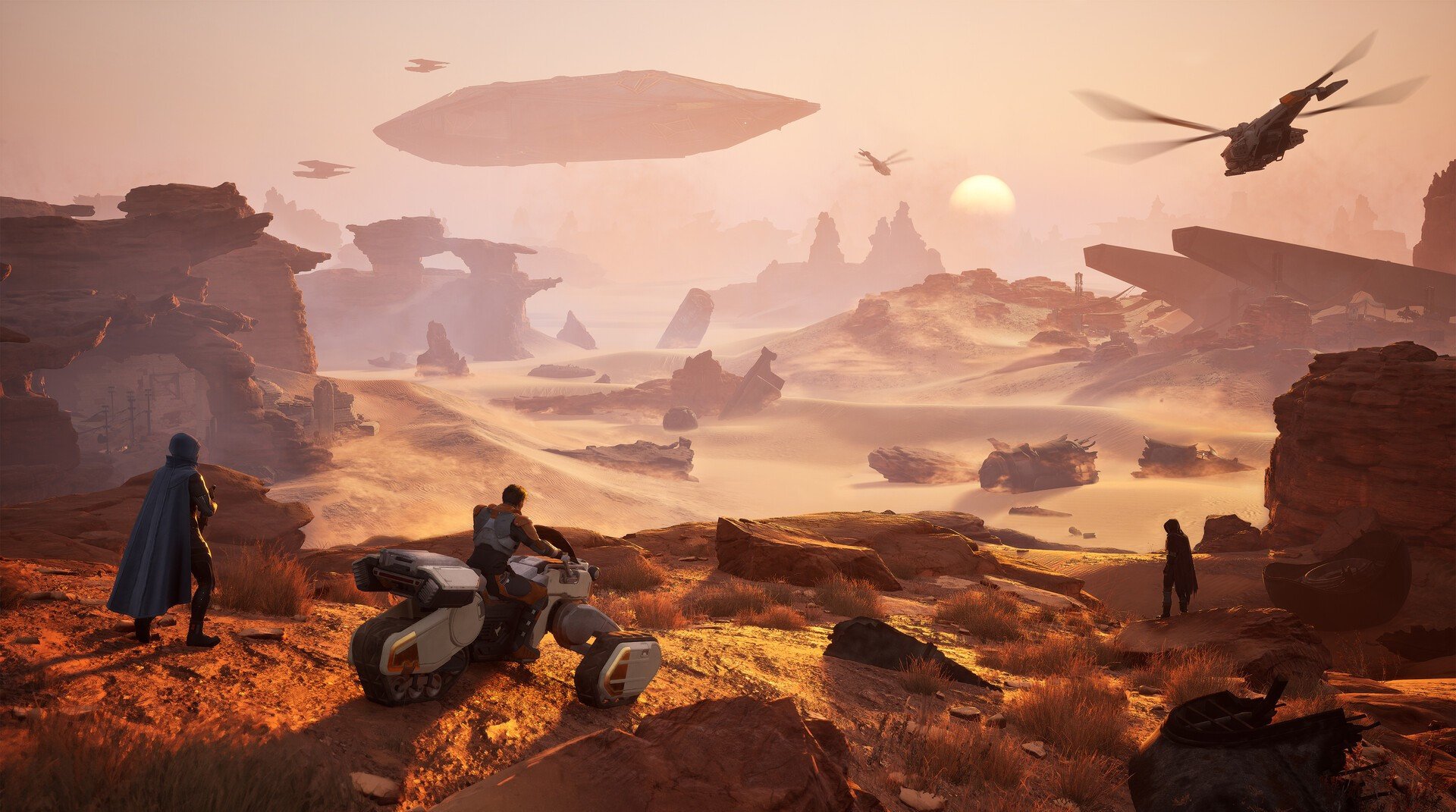
It’s time to get to the Dune Awakening Deep Desert guide. So, the Deep Desert is the largest and most volatile area in of the game map. Every week, the Coriolis Storm reshapes this zone entirely, wiping bases, shuffling points of interest, and redistributing spice. This creates a competitive, time-sensitive arena where players and guilds push for control. It’s the closest the game comes to a full sandbox, and it’s where PvPvE gameplay becomes the primary focus.
To enter the Deep Desert, players deploy via the Overland Map and establish fast-deploy Forward Operating Bases (FOBs). These are essential staging grounds—especially since the desert contains control points that contribute directly to Landsraad tasks, as well as valuable resource nodes that reset weekly.
Once inside, players will encounter thumper-based spice harvesting mechanics, sudden sandworm attacks, and contested control zones. The deeper you go, the more competitive and lucrative the environment becomes.
Here’s a breakdown of what makes the Deep Desert critical to endgame play:
- Spice Blows: Randomly occurring zones with massive spice yield; key for crafting, trading, and progression
- Control Points: Capture-based objectives that support your faction in Landsraad tasks
- Loot Opportunities: Wrecks, supply drops, and rare nodes that reset weekly
- Base Building: Temporary FOBs for storage and respawn—but vulnerable to attack
- Sandworms: Instantly destroy vehicles and bases if not distracted with thumpers
Success here requires planning, timing, and guild coordination. And because the zone resets weekly, even dominant guilds must stay active or risk losing control. This makes the Deep Desert the single most important area for any guild with endgame ambitions.
Cartography and the Sync Chart Economy
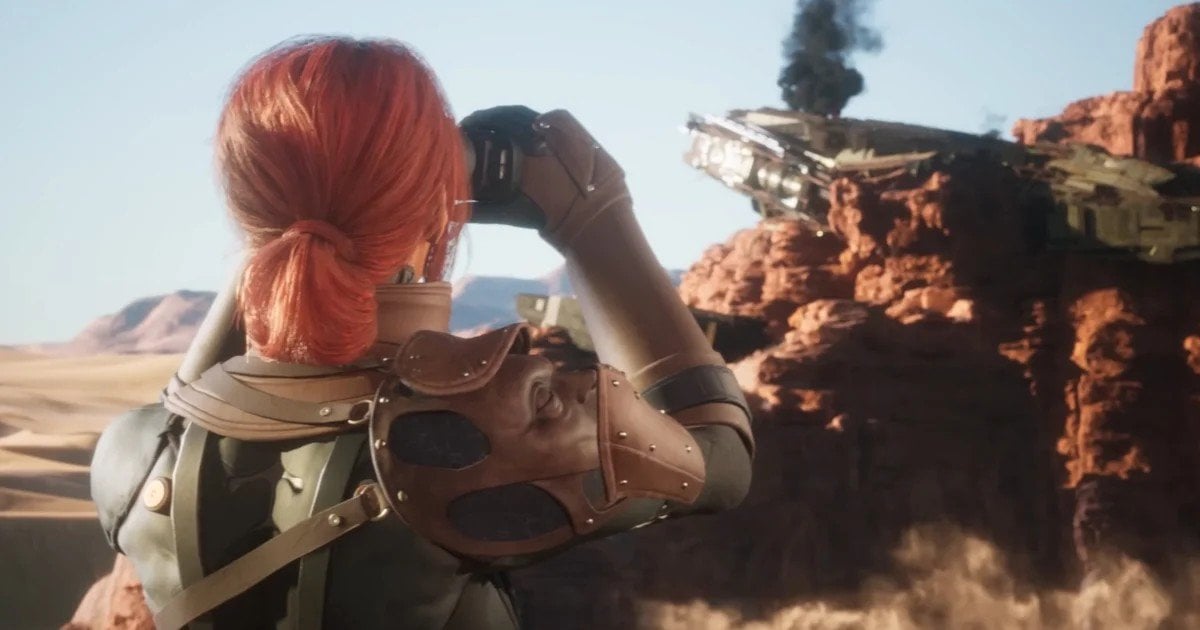
There’s something else that contributes to the endgame progression in Dune Awakening. Before a guild can dominate the Deep Desert, someone has to map it. That’s where cartographers come in. At the start of each new week, the entire Deep Desert is a blank slate. Revealing tiles, marking resource zones, and tracking spice locations all fall into the hands of players. This is not just a strategic need—it's a player-driven business.
Sync Charts are one-time-use data packets that reveal parts of the desert when activated. They’re made by scouts who fly over terrain in ornithopters and scan the world tile by tile. Some players specialize entirely in this role, generating maps to be sold on the Exchange or distributed within their guild.
Here’s how this fits into the broader endgame strategy:
- Explorers: Scout and reveal the reshaped desert layout
- Sync Charts: Created from revealed tiles and sold for profit
- Guild Ops: Use shared Sync Charts to plan spice runs and base deployments
- Strategic Value: Early mappers secure the most valuable FOB spots and spice zones
Between the weekly storm resets and limited-time resource windows, knowledge of the terrain offers a massive edge. Guilds who ignore this economy risk falling behind; those who invest in it can control the pace of the desert war.
Mapping isn’t just a support role—it’s the backbone of organized conquest. Without clear Sync Charts, even the strongest guilds fight blind.
The Exchange: Player-Driven Economy
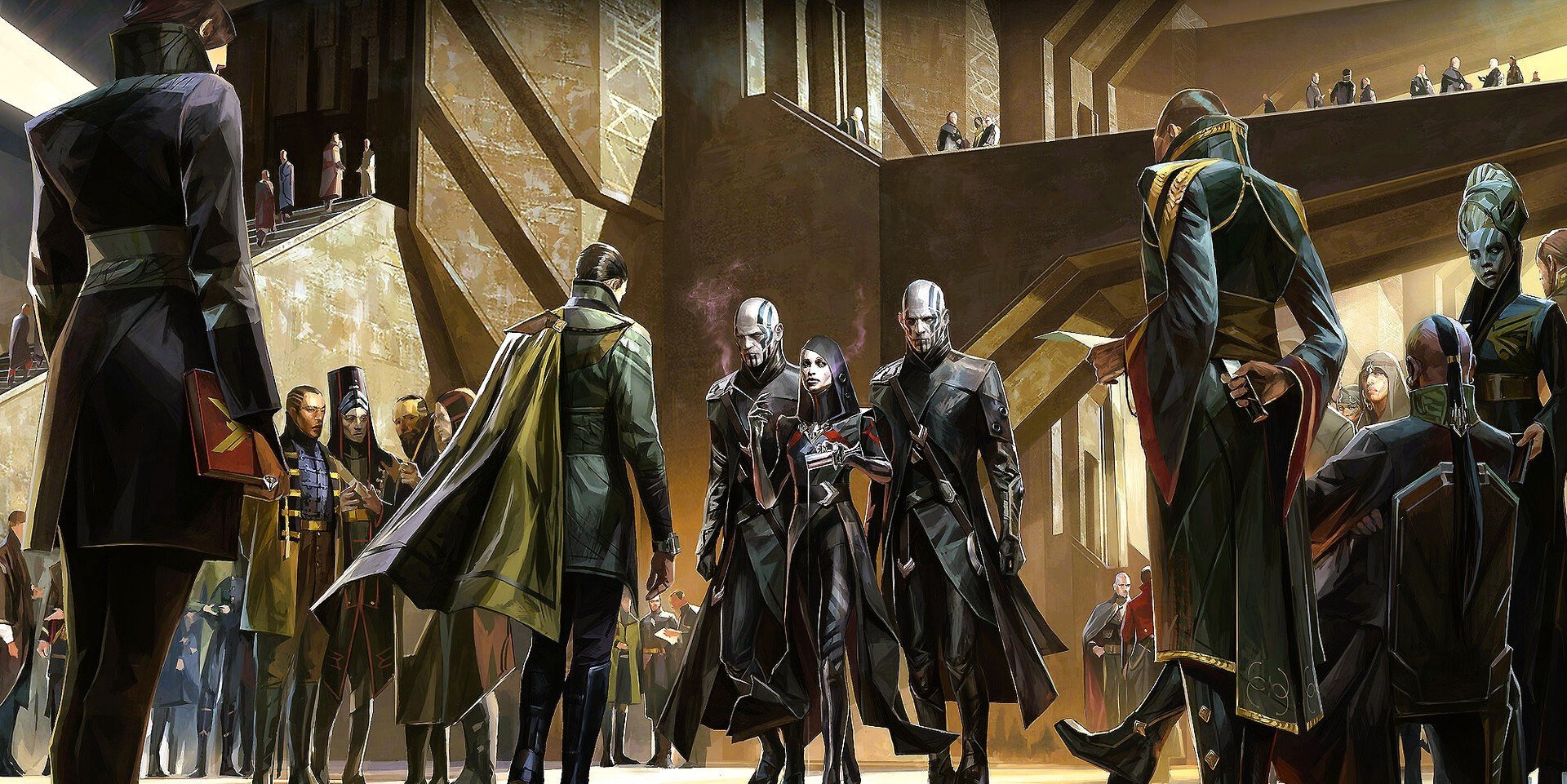
The Exchange is the economic heartbeat of Dune: Awakening. While most MMOs use auction houses or vendor hubs, Dune’s Exchange works across entire worlds, letting players trade goods between servers. This isn’t just a convenience feature—it’s a strategic layer directly connected to the endgame.
Everything from refined components to Sync Charts and crafted gear flows through the Exchange. Since the Deep Desert resets weekly and rare resources are time-limited, players with stockpiles of refined spice, upgraded tools, or top-tier schematics can dominate entire market segments for that week.
Importantly, the Exchange allows for asymmetrical progression. A smaller guild with a strong economic arm might not win control points, but it can bankroll a larger ally. Meanwhile, solo players can specialize in high-yield trade by gathering or crafting sought-after items.
There’s a wide variety of things that can be sold, each benefiting a different type of player:
- Crafted Gear (weapons, armor, tools) – For crafters and schematics hunters
- Sync Charts – From scouts and cartographers
- Spice – Raw and refined, valuable across roles
- Schematics – Created or acquired through endgame systems
- Building Components – For guilds preparing weekly FOB redeployments
The Exchange is also where players sell base blueprints, an endgame mechanic that lets builders monetize their architectural creativity. These are one-time-use templates that must be crafted and manually uploaded each time, which keeps the market from flooding.
In a world where political control and map dominance reset weekly, wealth becomes a constant advantage. The Exchange ensures that even outside the Landsraad board or Deep Desert wars, there’s always a way to remain relevant—if you know what to sell, and when.
Personal Rewards and Progression
Not every player needs to lead a guild, dominate the Deep Desert, or control the Landsraad to benefit from endgame systems. Dune: Awakening offers a variety of personal progression rewards designed for contributors of all types—even those who prefer a lower-pressure experience.
Each week, as players complete tasks for various Great Houses, their personal contributions are tracked. These efforts are rewarded on a per-House basis, meaning a player can earn multiple reward packages if they helped several Houses significantly. Even if a guild doesn’t win a majority of votes or trigger a Siselrad, individual players can walk away with a strong payout for their efforts.
Personal rewards include a mix of practical and cosmetic items:
- Salari – A large sum of in-game currency
- Endgame components – Useful for crafting and gear progression
- Unique schematics – Sometimes only accessible through weekly task chains
- House color swatches – Cosmetic unlocks for armor customization
Since these rewards don’t rely on your guild ranking or faction victory, they provide meaningful progression for casual players or specialists—like crafters, explorers, or cartographers—who want to participate at their own pace.
This system also encourages consistent participation week to week. Even if you don’t have the time or group size to push for major victories, you can still accumulate rare gear, valuable schematics, and cosmetic prestige over time just by helping your faction’s efforts.
Conclusion
The endgame of Dune: Awakening isn’t about reaching a final level or unlocking one last weapon. It’s a living, competitive, and political ecosystem where guilds and factions reshape the world week after week. Whether you’re coordinating Decree votes inside the Landsraad, harvesting spice in the chaos of the Deep Desert, or quietly building your own wealth through trade and exploration, your actions feed into a broader machine of control and influence.
So if you're preparing to cross into this deeper layer of the game, now you know what to expect—and more importantly, how to prepare. Make your alliances. Choose your faction. And start thinking several steps ahead.
F.A.Q.
Is the Auction in Dune Awakening cross-server?
Yes, but only within the same world. A "world" consists of multiple servers (called sieches), and the Exchange is shared across all sieches in that world.
Can my base be raided in Dune Awakening?
Only in specific Deep Desert PvP zones and only during short vulnerability windows. Bases in Haga Basin are always safe from raids.
Do I have to be in a guild to participate in the Landsraad in Dune Awakening?
Yes, guild participation is required. Your guild must also align with either House Atreides or House Harkonnen to engage in the Landsraad system. But you can create a solo guild with just one member. This gives you full access to Landsraad tasks and progression.
Will I lose all my loot if I die in PvP in Dune Awakening?
Normally, no—you’ll only drop some resources and take durability damage. Full loot PvP is only active when a specific Decree is in effect for the week.
Are there unique materials in the Deep Desert in Dune Awakening?
Yes. The Deep Desert contains high-tier crafting materials not found elsewhere. These can be harvested directly or traded on the Exchange.




